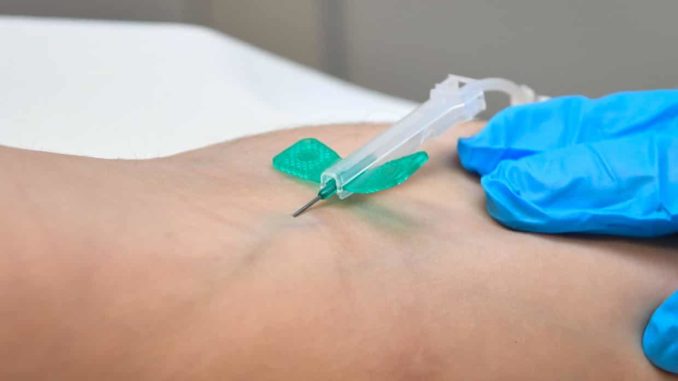
Early signs of cancer can appear years or even decades before diagnosis, according to the most comprehensive investigation to date of the genetic mutations that cause healthy cells to turn malignant.
The findings, based on samples from more than 2,500 tumours and 38 cancer types, reveal a longer-than-expected window of opportunity in which patients could potentially be tested and treated at the earliest stages of the disease.
The work was carried out as part of the Pan-Cancer Analysis of Whole Genomes project, the most comprehensive study of cancer genetics to date.
“What’s extraordinary is how some of the genetic changes appear to have occurred many years before diagnosis, long before any other signs that a cancer may develop, and perhaps even in apparently normal tissue,” said Clemency Jolly, a co-author of the research based at the Francis Crick Institute in London.
“Unlocking these patterns means it should now be possible to develop new diagnostic tests that pick up signs of cancer much earlier,” said Peter Van Loo, co-lead author, also of the Crick Institute. “There is a window of opportunity.”
The discovery that the seeds of cancer are often sown many years before the first symptoms arise will not change cancer screening in the immediate term. But it points to the possibility that those at risk could be spotted far earlier.
The study revealed that about half of the earliest mutations occurred in just nine genes, meaning there is a relatively small pool of common genes that serve as triggers for cells to diverge from healthy development to a path towards cancer. It might be possible, in future, to pick up such mutations using so-called liquid biopsies – genetic tests that detect mutations in free-floating DNA carried in the blood that can indicate the presence of tumours elsewhere in the body.
“One could try and identify these [early mutations] and do some kind of very sensitive imaging on patients that were positive,” said Van Loo. “Or even further into the future, one could conceive of methods that really targeted these cells and made them light up in an imaging approach or just kill them in one go. That’s a bit science fiction at the moment.”
About 363,000 new cancer cases are reported in the UK every year, according to Cancer Research UK, with the disease causing 165,000 deaths annually.
The team analysed and sequenced nearly 2,700 whole genomes of cancer samples and mapped mutations in 38 different types of tumours.
While human cells undergo billions of mutations, only a small number of them, called driver mutations, give rise to cancer. The researchers looked at how many times a single change, or driver mutation, had been replicated and copied across chromosomes.
Using what they describe as a “carbon-dating method”, they were able to reconstruct the order in which the genomes of cancer cells started to accumulate errors and eventually carry large segments that had been scrambled or copied. The team found that these mutations occurred “particularly early” in ovarian cancer as well as in two types of brain tumour, glioblastoma and medulloblastoma.
The analysis is published in Nature as part of a wider collection of 22 papers from the Pan-Cancer project.
Previous research on cancer genetics has focused on the so-called coding regions of the genome, which contain the instructions for cells to make proteins.
Lincoln Stein, of the Ontario Institute for Cancer Research in Canada, who is also a member of the Pan-Cancer project steering committee, said: “The vast majority of work so far has been on the protein coding portion of the genome. That’s a mere 1%. It’s like trying to put together a 100,000-piece jigsaw puzzle when you’re missing 99% of the pieces and there’s no puzzle box with a completed picture to guide you.”
The latest research provides some of the first detailed insights into the role of the other 99% of our DNA – the genome’s “dark matter” – and how these less-studied regions contribute to cancer. The study identifies several important genes that lie outside the coding region. Stein said these newly identified genes would increase the proportion of patients for whom a cancer-causing mutation could be pinpointed from about two-thirds to 95%.
“Prior to that, we would be in the dark about roughly one-third of patients that came into the clinic,” Stein added.
END

Be the first to comment